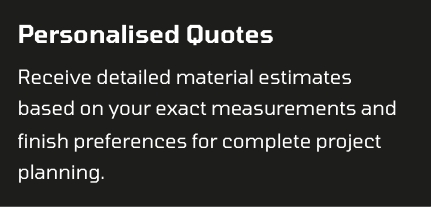Master Your Paint CalculationsTransform your painting project from guesswork to precision with expert calculation techniques that save time, money, and ensure flawless results.

The Foundation: Room Measurement Essentials
Stop Wasting Money on Paint: Master the Art of Accurate Calculation
Picture this: You’re standing in the paint aisle, staring at countless cans, wondering, “How many do I actually need?” You take a guess, buy what seems right, and inevitably end up with either three half-empty cans in your garage or an emergency trip back to the store. Sound familiar?
The solution is simple: paint calculation. This fundamental skill transforms painting from an expensive guessing game into a precise, cost-effective process. Accurate paint calculation ensures you buy exactly what you need—nothing more, nothing less.
In this expert guide, we’ll teach you the exact formulas and techniques professionals use to estimate paint requirements. You’ll learn how to measure spaces correctly, adjust for different surface types, account for multiple coats, and calculate with confidence. Whether you’re a first-time DIYer or an experienced homeowner, mastering paint calculation will revolutionize how you approach painting projects.
Professional painters always start with precise room dimensions, accounting for every surface that requires coverage. This methodical approach eliminates surprises and creates a foundation for project success.
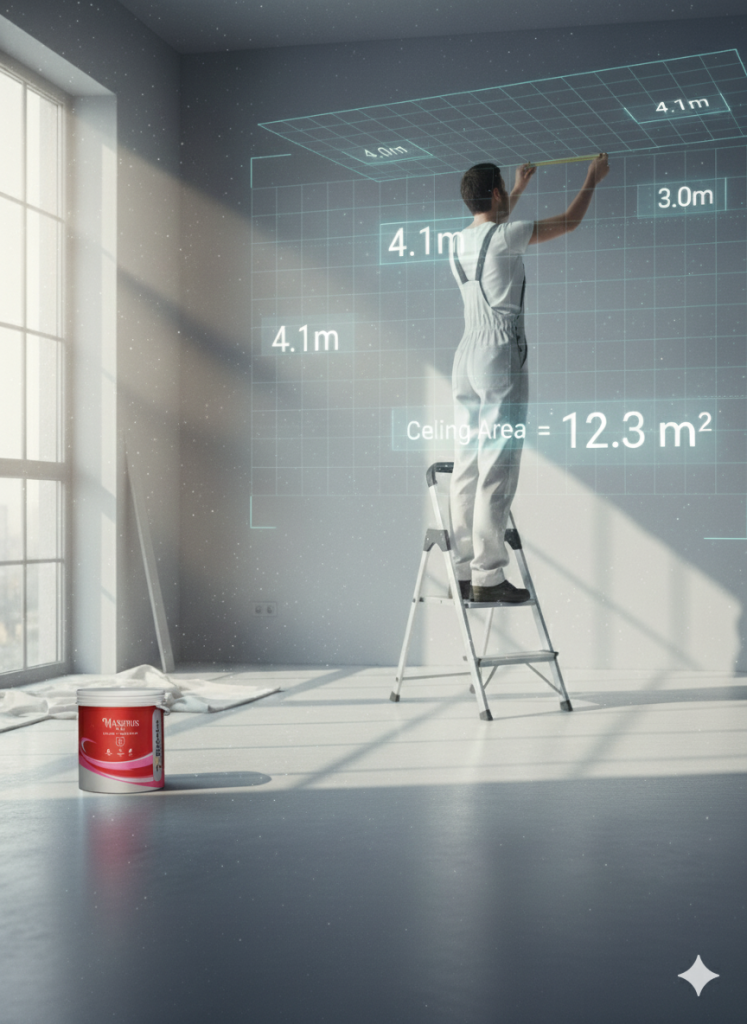
Step-by-Step Calculation Method
Why Paint Calculation Matters for Every Project
Measure Room Dimensions
Record the width and height of each wall accurately. For our example: 12 ft width × 10 ft height across 4 walls.
Calculate Total Wall Area
Use the formula: 2×(length+width)×height. Our calculation: 2×(12+10)×10 = 440 square feet of total wall space.
Subtract Openings
Deduct windows and doors from total area. Example: 440 – (2×15 + 20) = 390 square feet of paintable surface.
Account for Multiple Coats
Multiply by the number of coats needed. Two coats: 390 × 2 = 780 square feet of total coverage required.
Paint Calculation Basics: Understanding the Formula
TURBOLUX Paint Coverage Example
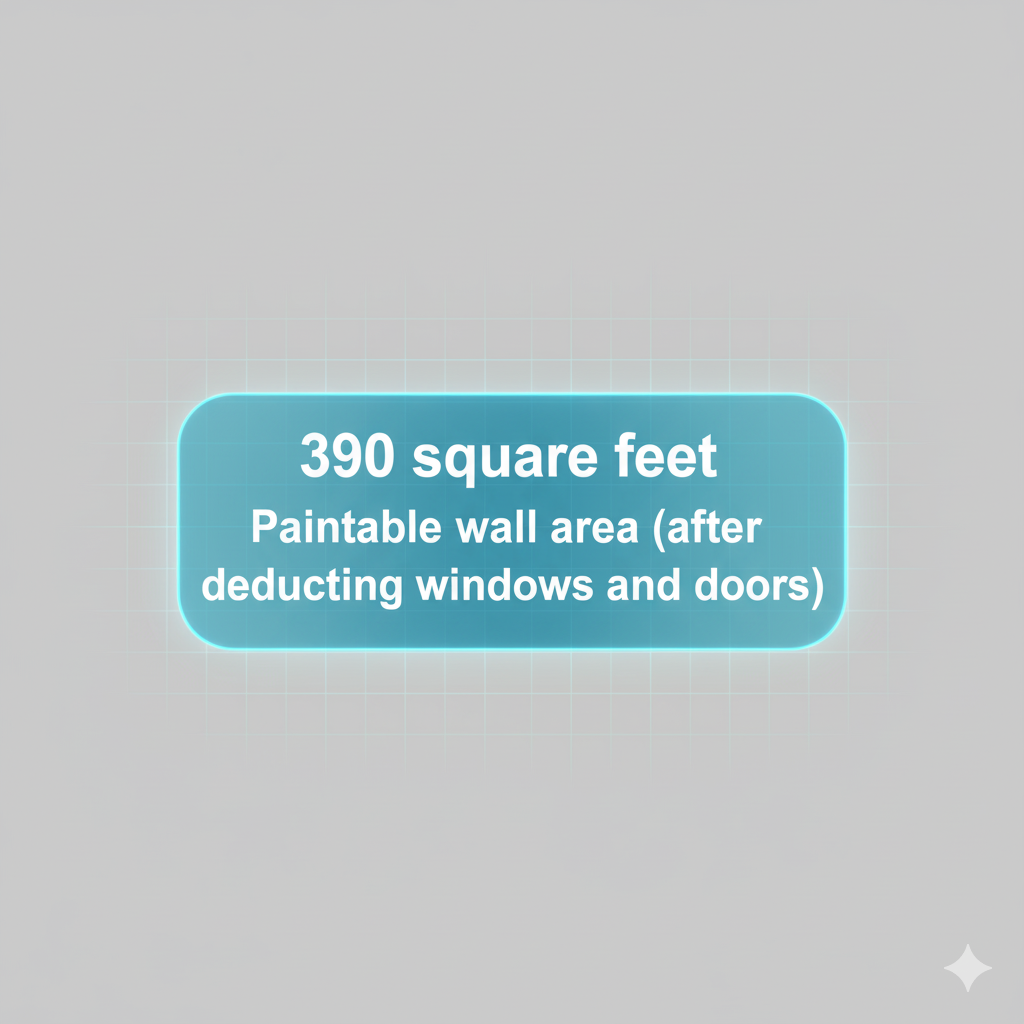
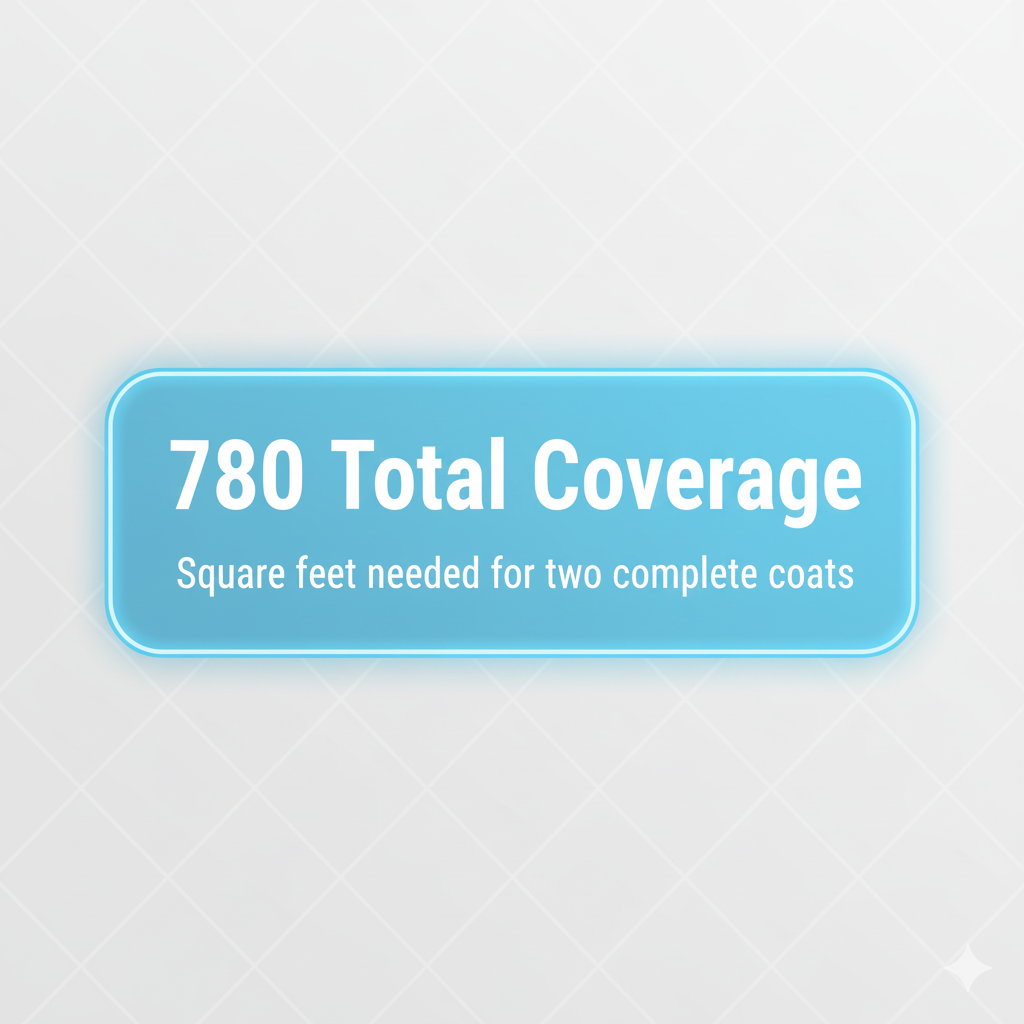
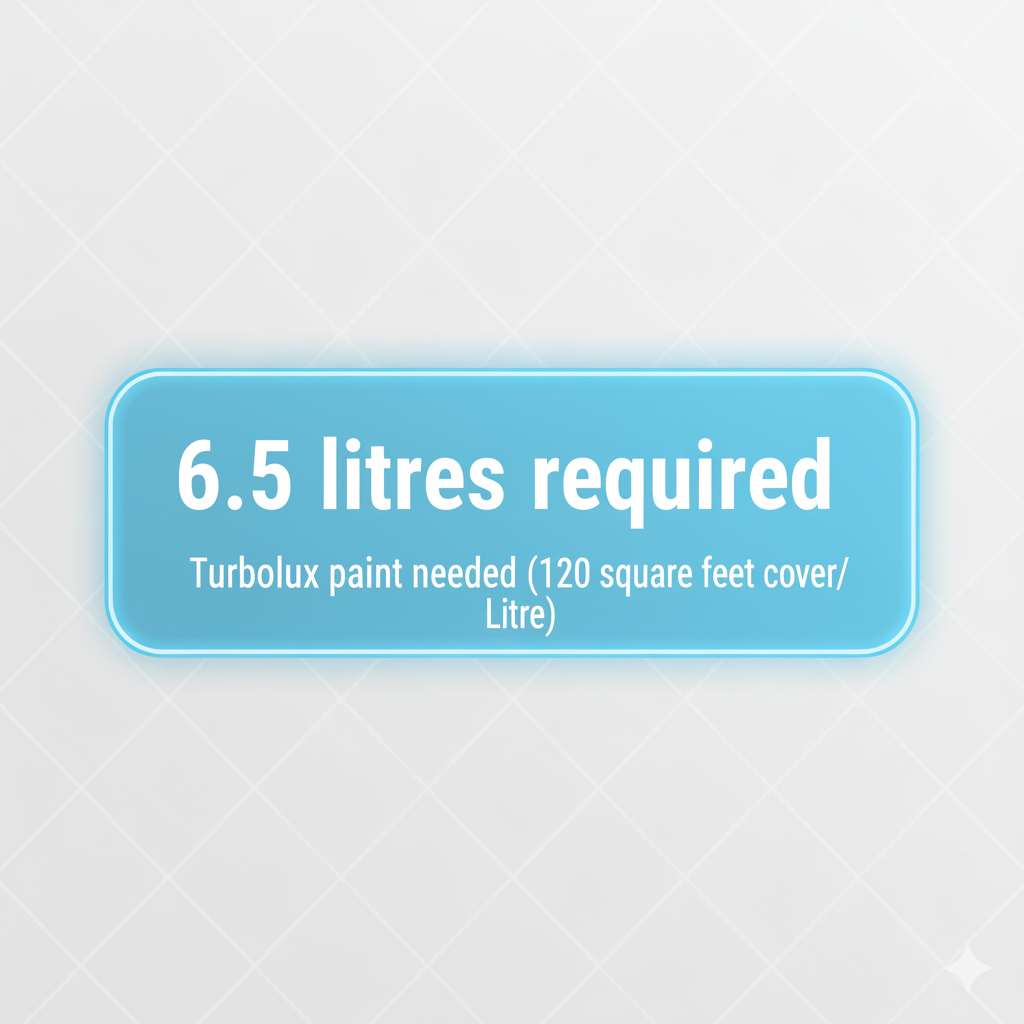
When TURBOLUX paint covers 120 square feet per litre, our calculation becomes straightforward: 780 ÷ 120 ≈ 6.5 litres total. This precise calculation ensures you have adequate coverage whilst minimising waste and additional trips to the paint shop.
Critical Factors Affecting Paint Quantity
Wall Texture Impact
Rough, unprimed, or porous surfaces absorb significantly more paint than smooth, prepared walls. Always factor in additional coverage for textured surfaces.
Paint Type Variations
Enamels, emulsions, and primers each have different coverage rates. Check specific product labels for accurate coverage specifications.
Environmental Conditions
Humidity and temperature significantly affect paint drying times and coverage efficiency. Adjust calculations for extreme conditions.
Application Tools
Brushes and rollers yield different coverage results. Professional rollers typically provide more consistent coverage than brushes.
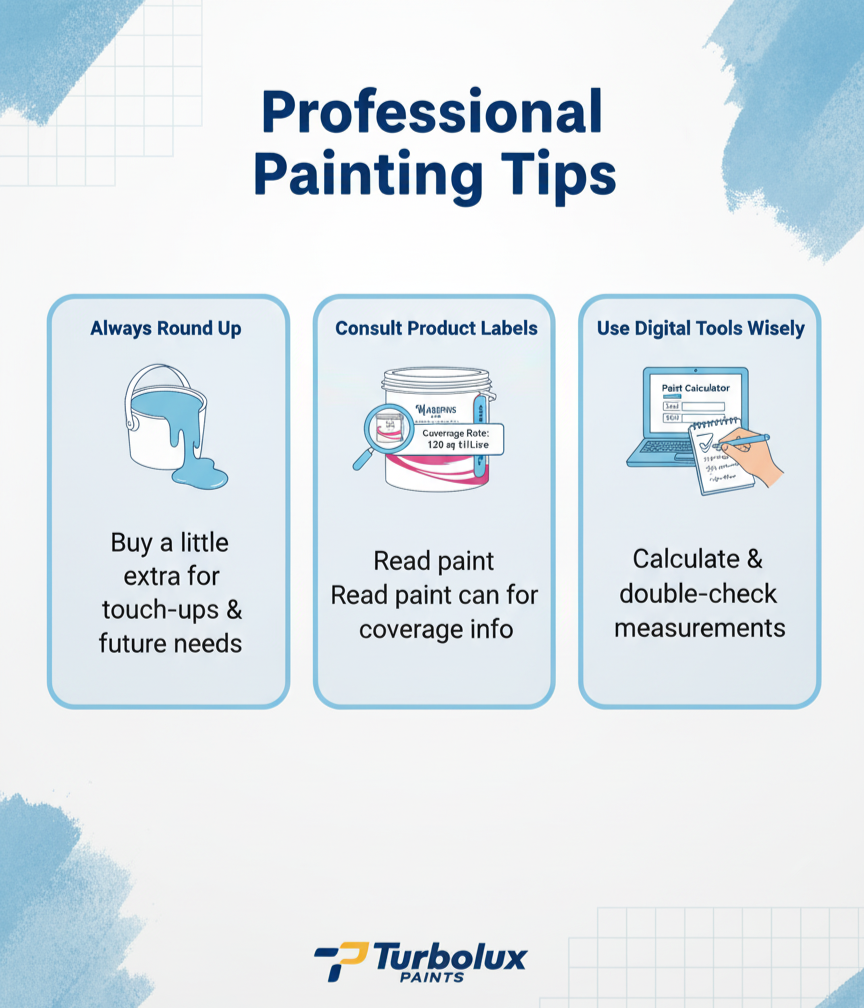
Always Round Up
Purchase slightly more paint than calculated to allow for touch-ups, absorption variations, and future maintenance needs.
Consult Product Labels
TURBOLUX PAINTS product labels provide specific coverage rates that may vary between different paint formulations and finishes.
Use Digital Tools Wisely
Online paint calculators offer quick estimates, but always double-check manually for unique spaces and irregular room shapes.
Don’t Forget These Essential Areas
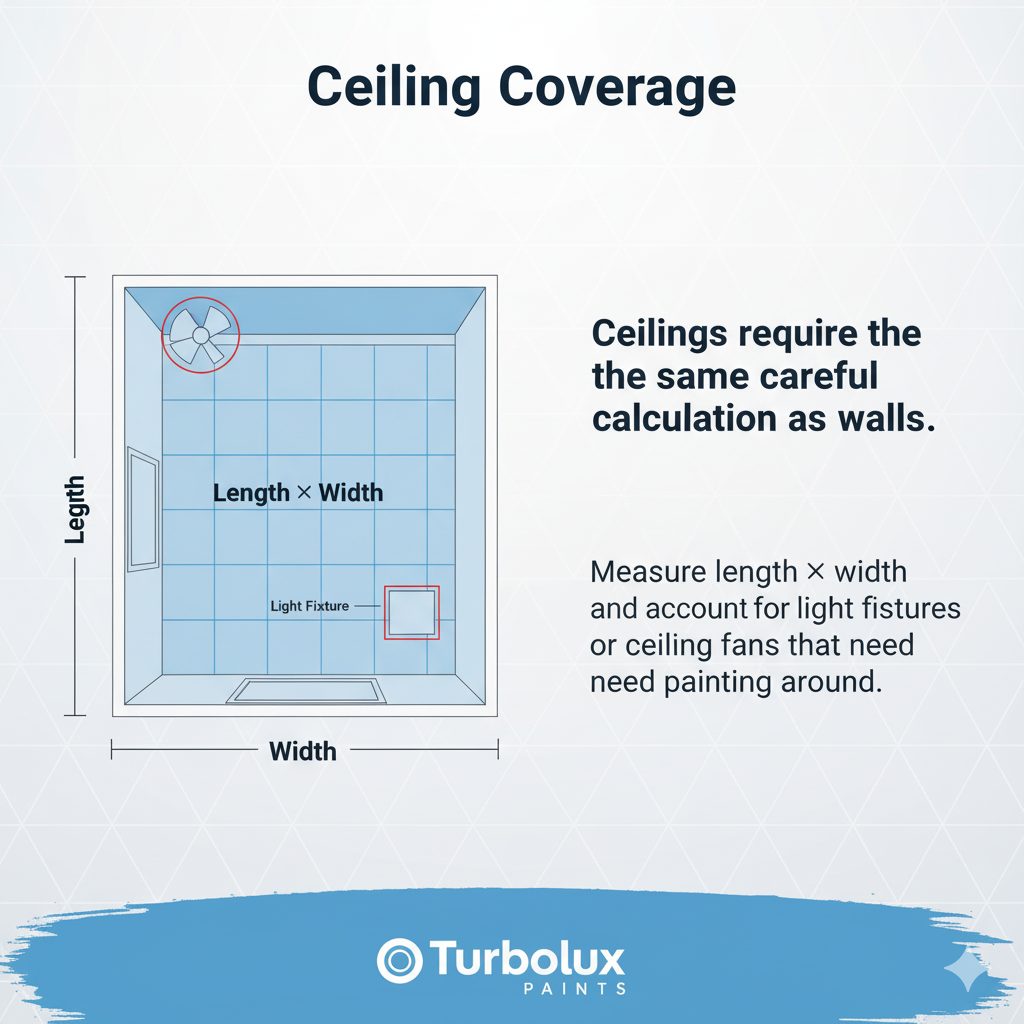
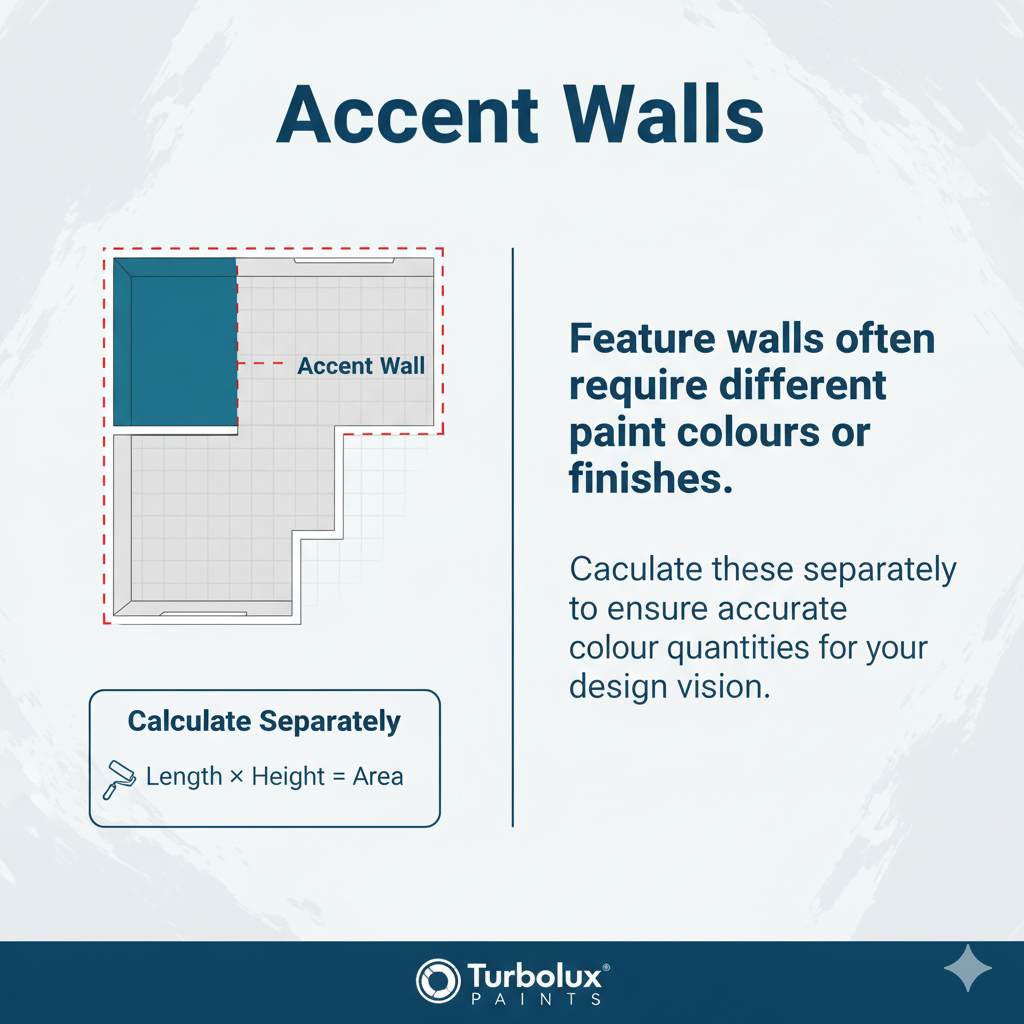
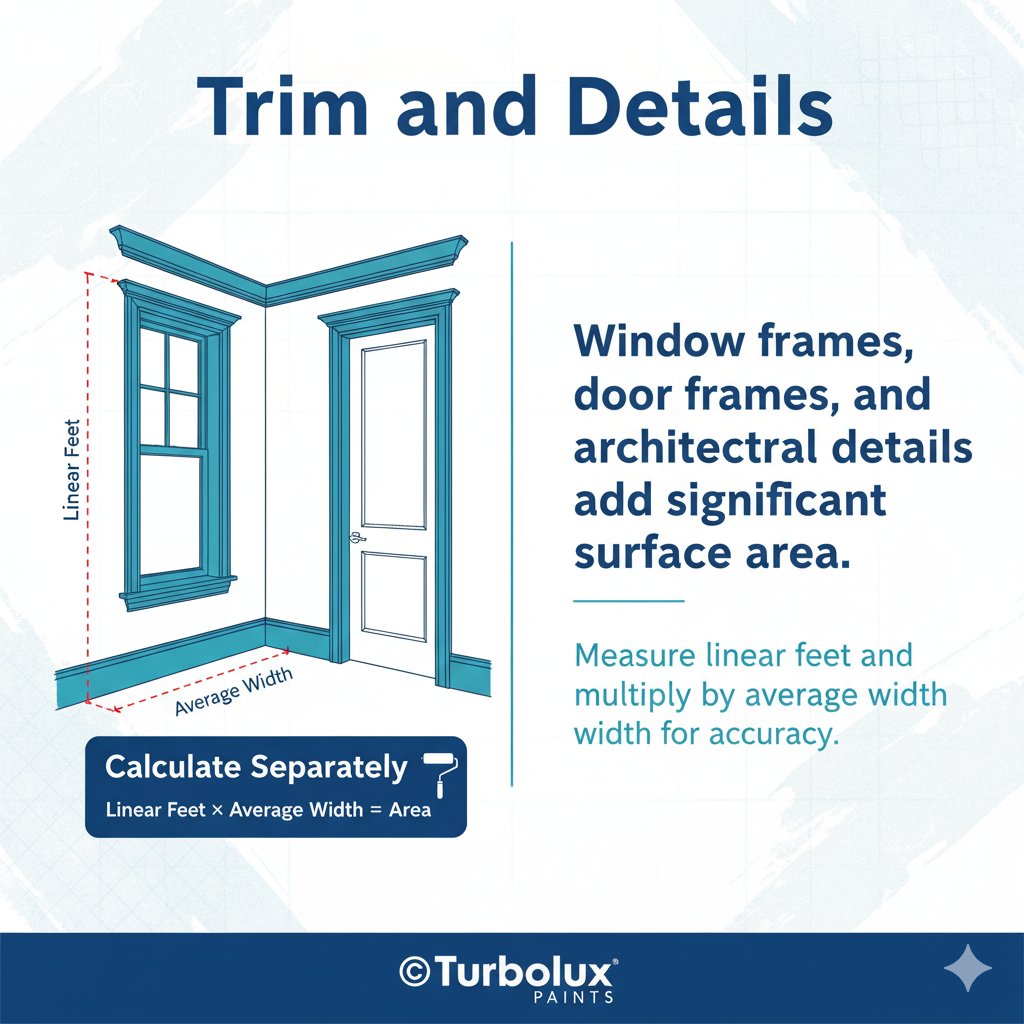
Common Calculation Mistakes to Avoid
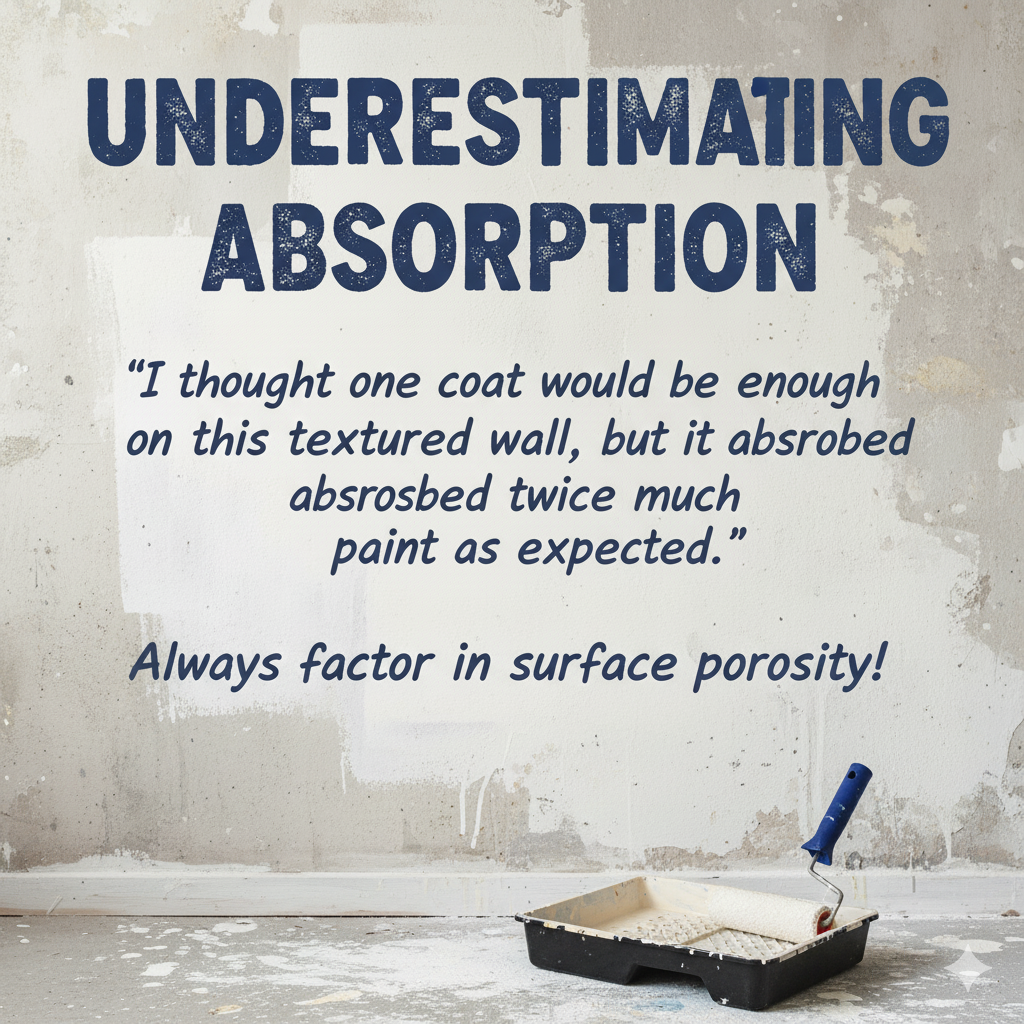


Advanced Calculation Techniques
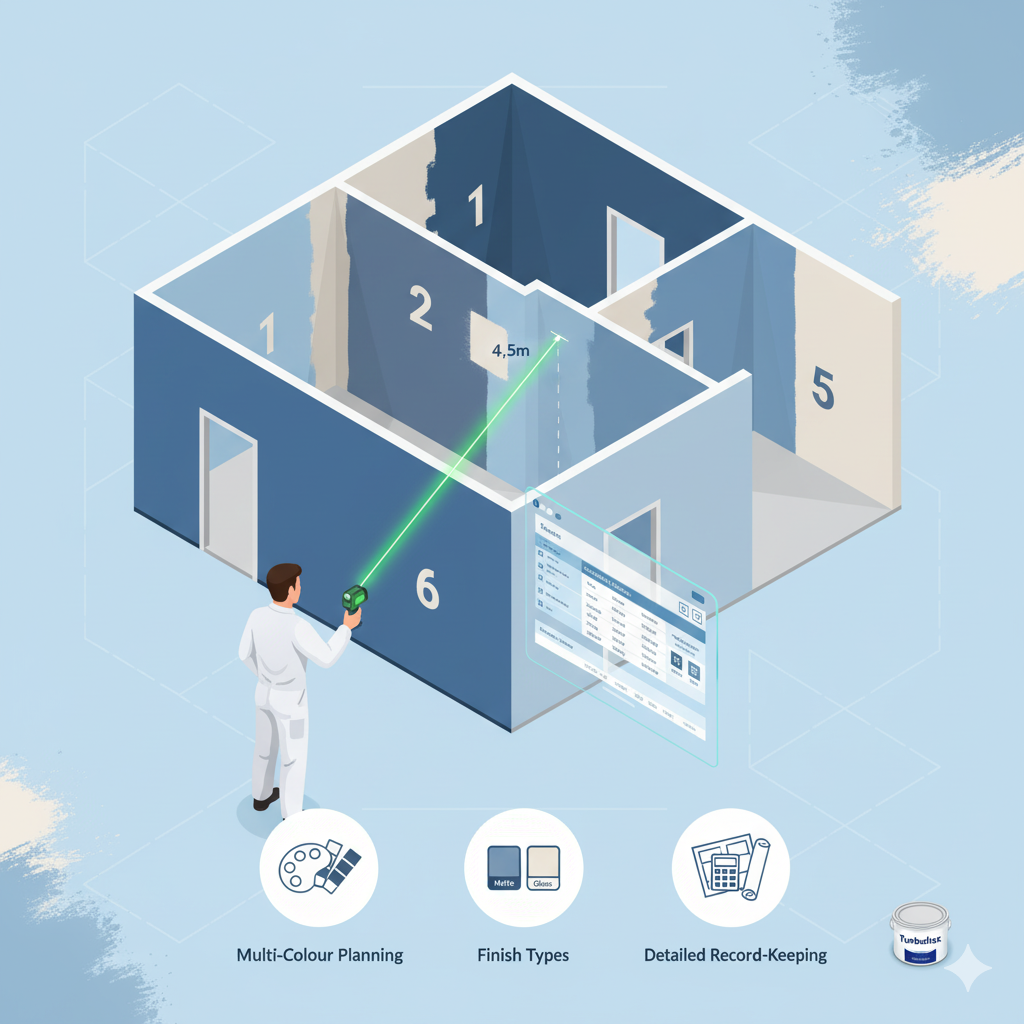
Professional painters employ sophisticated techniques for complex projects
involving multiple colours, finishes, and irregular spaces. These advanced methods
ensure precision even in challenging architectural environments.
Consider creating detailed room diagrams that map each surface by colour and
finish type. This visual approach prevents confusion during application and ensures
accurate material ordering for multi-phase projects.
For commercial projects or homes with unique architectural features, break
calculations into zones. Calculate each area separately, then combine totals whilst
maintaining detailed records for future reference and maintenance planning.
Digital measurement tools and laser measures can significantly improve accuracy,
particularly for high ceilings or hard-to-reach areas where traditional measuring
becomes challenging
Your Path to Painting Success
Taking a few minutes to calculate your paint needs transforms your painting journey from stressful guesswork into a smooth, economical
process. Proper planning eliminates mid-project delays, reduces waste, and ensures professional-quality results that enhance your space
beautifully.
The investment in accurate calculation pays dividends through reduced material costs, eliminated return trips to the paint shop, and the
confidence that comes from thorough preparation. Your project timeline becomes predictable, and your results consistently professional.

